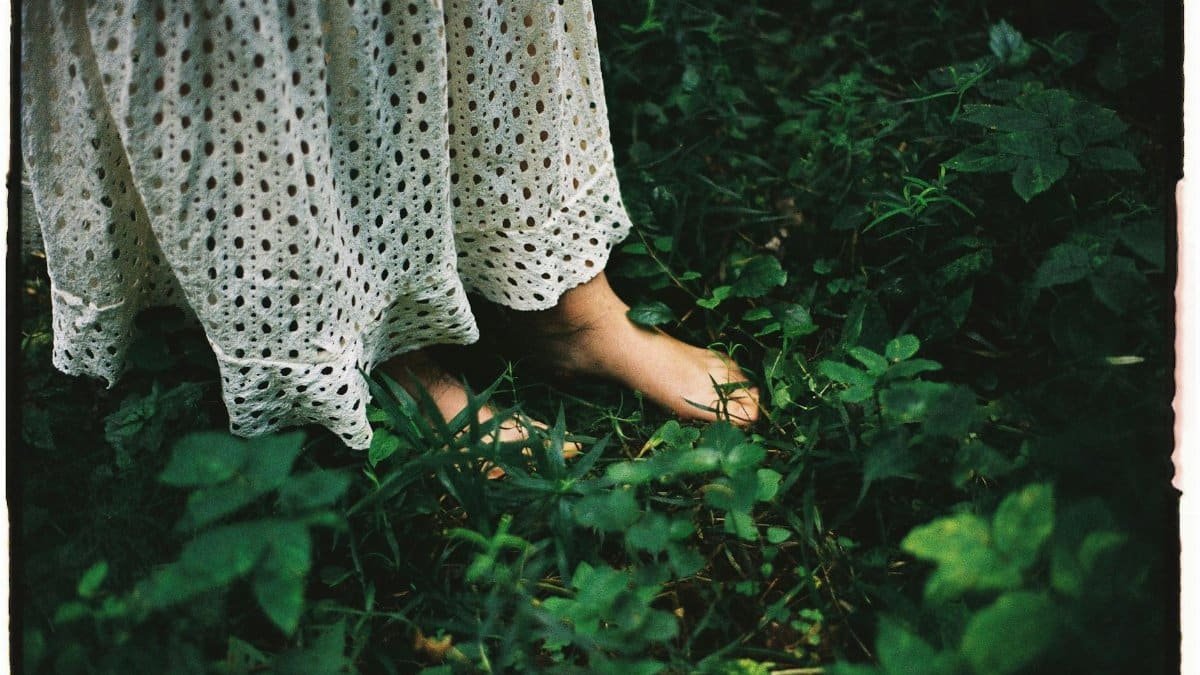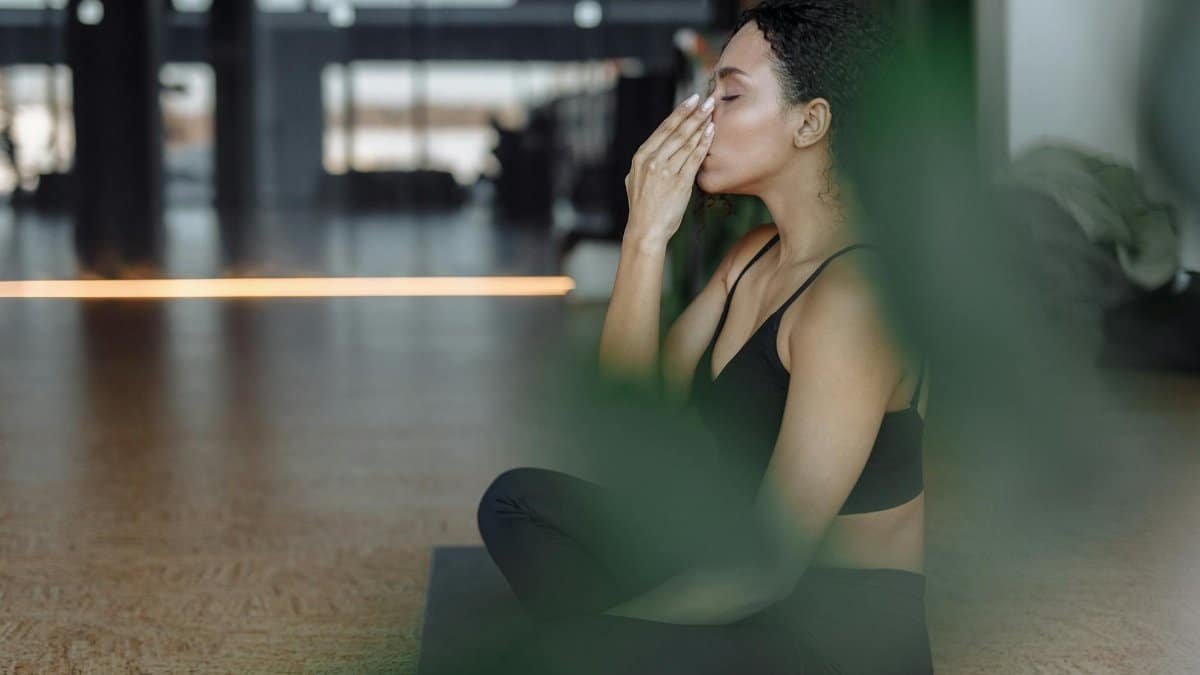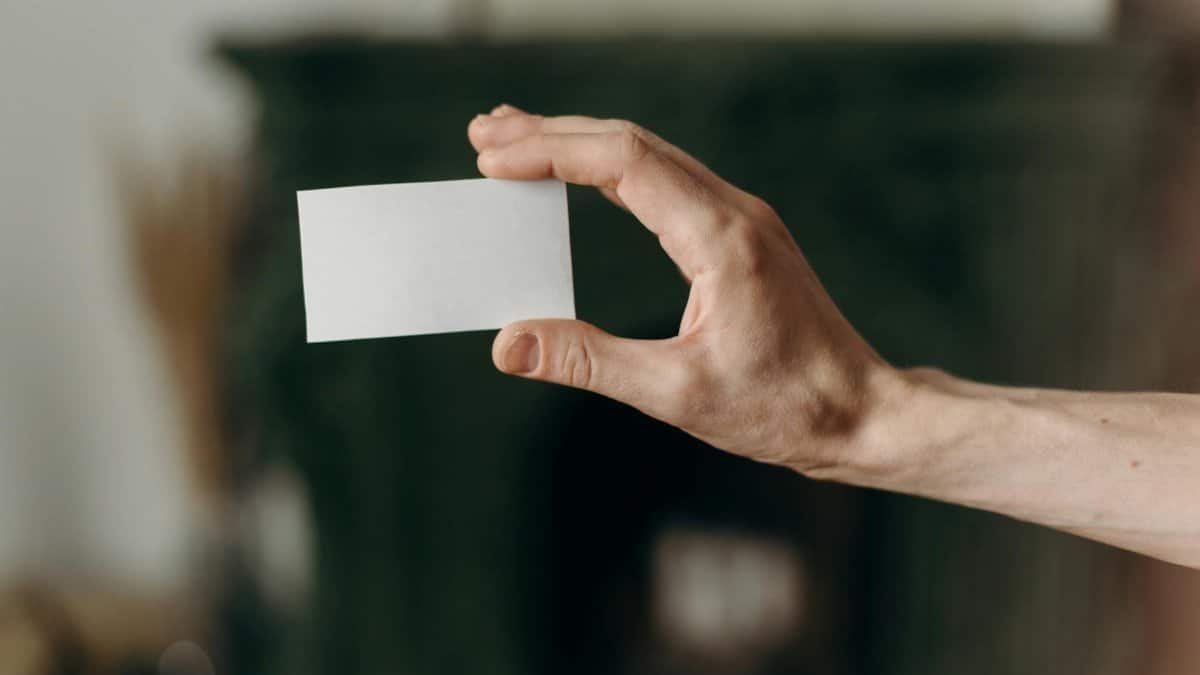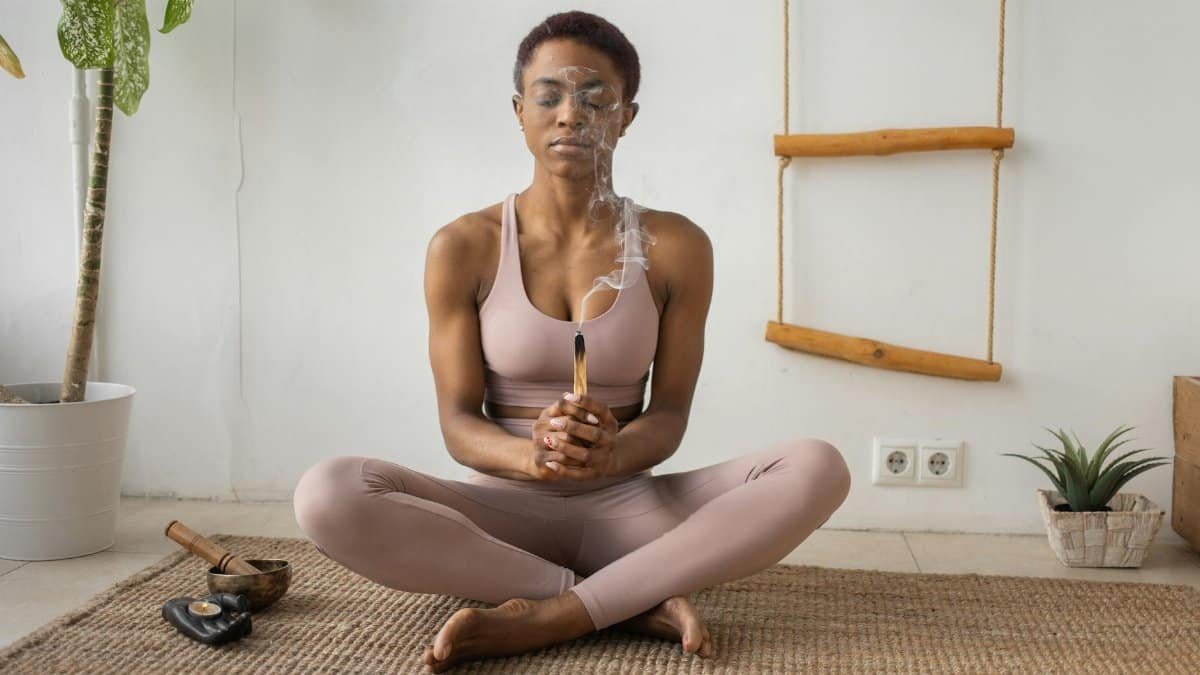Imagine a moment of quiet in a world that rarely stops buzzing. Sunlight filters through a window as a small group gathers in a community center in Portland, Oregon, their voices low but earnest. They’re sharing ways to steady themselves when anxiety creeps in—simple, tactile methods that don’t involve a prescription. At the heart of their conversation are grounding practices, techniques that tether the mind to the present, pulling it away from spiraling thoughts. For many Americans, especially in 2025 when stress seems woven into daily life, these practices offer a lifeline. They’re not new, but their resurgence speaks to a collective hunger for calm without complexity. From bare feet on grass to mindful breathing, these 13 strategies promise relief that’s accessible to anyone, anywhere. Let’s explore how they work and why they’re gaining traction.
1. Barefoot Connection to Earth

Start with something primal: take off your shoes. Walking barefoot on grass, sand, or soil—often called “earthing”—is a grounding practice that reconnects you to the planet’s natural energy. Studies suggest this direct contact may reduce inflammation and stress by balancing the body’s electrical charge. A 2015 report from the National Institutes of Health highlights how earthing can lower cortisol levels, a key stress hormone. Picture a backyard at dusk, toes sinking into cool earth. It’s not just soothing; it’s a reminder of something ancient. For urban dwellers, even a small patch of park can do the trick. The key is consistency—five minutes daily can shift your mental state.
2. Five Senses Check-In

When anxiety spikes, the mind races ahead or loops backward. A quick antidote is the 5-4-3-2-1 technique. Name five things you see, four you can touch, three you hear, two you smell, and one you taste. This grounding practice snaps attention to the now. A woman in her forties recently shared in an online discussion how this saved her during a panic attack at a crowded grocery store—focusing on the hum of a fridge and the texture of a cereal box pulled her back. It’s free, fast, and needs no tools. Try it anywhere, from a noisy office to a quiet bedroom. The specificity of senses cuts through mental fog.
3. Deep Belly Breathing

Breath is a bridge. Deep, slow inhales through the nose, expanding the belly, followed by long exhales, signal the nervous system to calm down. Research from Harvard Medical School underscores how this diaphragmatic breathing lowers heart rate and eases tension. Unlike shallow chest breathing, it’s deliberate. Sit or lie down, place a hand on your stomach, and feel it rise. Count to four on the inhale, hold for two, exhale for six. Repeat. It’s a grounding practice that mimics the body’s natural rest state, often forgotten in our always-on culture.
4. Holding a Familiar Object

Think of a small, personal item—a smooth stone, a worn keychain, a childhood trinket. Holding it during anxious moments can anchor you. The tactile sensation, paired with memory, pulls focus to the physical. Psychologists note that such grounding practices tap into sensory grounding, redirecting runaway thoughts. One man described clutching his late father’s pocketknife during stressful work calls; the cool metal became a silent ally. Keep your object handy—in a pocket or on a desk. It’s less about the thing itself and more about the steadying ritual.
5. Cold Water Splash

Sometimes, a sharp reset is needed. Splashing cold water on your face or wrists shocks the system, engaging the “dive reflex” that slows heart rate. A study summarized by Mayo Clinic points to cold exposure as a way to interrupt acute stress responses. Stand at a sink, let the icy droplets hit your skin, and breathe through the jolt. It’s a grounding practice for when thoughts spiral uncontrollably. The contrast of cold against warmth demands attention, yanking you into the moment.
6. Progressive Muscle Relaxation

Tension hides in the body. Progressive muscle relaxation involves tightening and releasing muscle groups, from toes to face, to unearth and dispel stress. Start by clenching your fists for five seconds, then let go, noticing the difference. Move upward. Research from American Psychological Association shows this reduces anxiety by breaking the stress feedback loop. It’s a grounding practice that doubles as a body scan, revealing where worry lingers. Ten minutes on a quiet evening can reset your frame.
7. Mindful Eating

Slow down with a bite. Pick a small piece of food—a raisin, a piece of chocolate—and eat it with full attention. Notice texture, taste, even the sound of chewing. This grounding practice turns a mundane act into a meditation. It’s less about hunger and more about presence. Anxiety often pulls focus inward; this redirects it outward. A busy parent might try this with a morning coffee, savoring each sip instead of gulping. It’s a small rebellion against rush, reclaiming a sliver of calm.
8. Visual Anchor Point

Choose a spot—a tree outside your window, a photo on your wall—and stare at it when unease hits. Let your eyes rest there, breathing slowly. This visual grounding practice steadies a scattered mind by giving it a focal point. Therapists often suggest it for dissociation, as it tethers awareness to surroundings. Imagine a teacher, overwhelmed by a chaotic classroom, locking eyes on a potted plant by the door. That single point becomes a lifeline. Pick something neutral, not emotionally charged, for best effect.
9. Counting Backward

Numbers can ground. When anxiety clouds thought, count backward from 100 by sevens: 100, 93, 86, and so on. The mental effort required interrupts rumination. It’s a cognitive grounding practice, often used in therapy to shift focus. It’s not about math skills; it’s about distraction. Try it silently during a tense meeting or aloud in private. The rhythm of numbers, steady and predictable, mimics a heartbeat, coaxing the mind to settle.
10. Body Scan Meditation

Lie down or sit still. Mentally scan your body from head to toe, noting sensations without judgment. Is your jaw tight? Are your shoulders heavy? This grounding practice fosters awareness, easing the disconnect anxiety creates. It’s rooted in mindfulness, a technique shown to reduce stress in numerous studies. Spend five to ten minutes on this, perhaps before bed. It’s not about fixing anything—just observing. That act alone can soften the grip of worry.
11. Grounding Through Scent

Smell is a direct line to emotion. Keep a small vial of lavender oil or a scented candle nearby. Inhale deeply when stress mounts. Aromatherapy as a grounding practice taps into the brain’s limbic system, tied to memory and calm. The scent becomes a signal to pause. Picture a nurse after a grueling shift, breathing in eucalyptus to unwind. It’s subtle but potent. Choose a fragrance that soothes, not overwhelms, and pair it with slow breaths.
12. Walking with Intention

Walk, but do it mindfully. Feel each step—the heel touching down, the shift of weight. Notice the ground beneath. This grounding practice turns movement into meditation, countering the autopilot of daily life. Whether it’s a city sidewalk or a forest trail, the pace doesn’t matter; awareness does. A retiree might use this during a morning stroll, syncing breath with steps. It’s less exercise, more ritual. Anxiety fades when the body leads.
13. Gratitude Pause

End with reflection. Name three things you’re grateful for in this exact moment—a warm room, a kind word, a steady breath. Write them if possible. This grounding practice shifts perspective, cutting through anxiety’s narrow lens. It’s not about ignoring pain but balancing it. A student, frazzled by exams, might pause to appreciate a supportive friend. The act rewires focus, grounding you in what’s real and good, right now.
These 13 grounding practices weave a thread of calm through the chaos of 2025’s relentless pace. They’re not cures, but tools—accessible, adaptable, and rooted in the body’s innate wisdom. From cold water to mindful steps, each offers a way to return to the present. Anxiety may not vanish, but its weight can lighten. For millions seeking relief without meds, that’s a start worth taking. Try one today, then another tomorrow. The ground, literal or not, is waiting.
